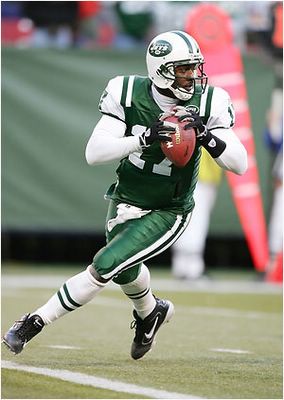

The Fort Worth Report retains the copyright for all of its published content. You can only publish select stories individually - not as a collection.Our stories may appear on pages with ads, but not ads specifically sold against our stories.If you’re not able to add the byline, please include a line at the top of the story that reads: “This story was originally published by Fort Worth Report” and include our website,. Please use “Author Name, Fort Worth Report” in the byline. If you share our stories on social media, please tag us in your posts using Facebook and Twitter.In all emails, link directly to the story at and not to your website. If you use our stories in any other medium - for example, newsletters or other email campaigns - you must make it clear that the stories are from the Fort Worth Report.Any web site our stories appear on must include a contact for your organization.You can’t sell or syndicate our stories.You can’t edit our stories, except to reflect relative changes in time, location and editorial style.The republication tool generates the appropriate html code. You are required to follow the guidelines and use the republication tool when you share our content.Do not copy stories straight from the front-end of our web-site.
#Quincy carter net worth code
To republish online, simply click the button, copy the html code and paste into your Content Management System (CMS). Look for the "Republish This Story" button underneath each story.For commercial licensing, please email For noncommercial digital publications:
#Quincy carter net worth for free
Unless otherwise noted, noncommercial entities may republish most of Fort Worth Report stories for free under a Creative Commons license. This work is licensed under a Creative Commons Attribution-NoDerivatives 4.0 International License. Support arts coverage in Fort WorthĪs a nonprofit, we rely on our generous members to produce compelling stories like this. Read more about our editorial independence policy here. At the Fort Worth Report, news decisions are made independently of our board members and financial supporters. Marcheta Fornoff covers the arts for the Fort Worth Report.

“It’s really one of the best mechanisms to deal with the complexity of human experience, in my opinion, and also particularly histories that are challenging and traumatic and painful.” “Placing some of the issues that we face everyday onto a work allows you to grapple with it, to be confused by it, and to momentarily allow yourself some distance so that questions can be posed and certain assumptions can be reconsidered,” she said. Art offers viewers another avenue for processing the world around them. “But there are also moments of transcendence that can happen through not really having to articulate things in words, but to articulate things with imagery that operates on a higher plane… Words fail us in the face of historical oppression and contemporary inequalities. “Art really taps into our emotional core, and some of the work is really difficult and rooted in hurt and things that weigh heavily on the heart,” Adler said. The exhibit opens March 12 and will be on view at The Carter through July 9 before it travels to The Newcomb Art Museum of Tulane in New Orleans and the Williams College Museum of Art in Williamstown, Massachusetts. The original was cast in bronze, and the latter is made of 3D printed plastic. Hugh Hayden’s sculpture “American Dream” was modeled after Ward’s “The Freedman.” The pieces were made 160 years apart. His piece is titled “American Dream” and features a man, without shackles, sitting on the edge of an Adirondack chair. One of the artists, Hugh Hayden, worked with an aerospace company to get a 3D scan of Ward’s statue, so that he could remake and remix his own version with precise measurements, down to the width of a single hair, Adler said. The featured artists, including Fort Worth’s Letitia Huckaby, work with a variety of media from wood to plaster, fabric and tissue paper. So what these artists are able to do is really look at one of the most challenging and transformative periods of our history - and the dreams and very real difficulties African-Americans have had of being incorporated into the nation state as equal citizens,” she explained. “There’s a lot of power to how people contemplate that visually.” “There have always been questions about citizenship and who belongs. When looking at the history of the Civil War, people sometimes take for granted that it wasn’t always clear that the country would stay united, Poole said. Location: Amon Carter Museum of American ArtĮxecutive Director of the Newcomb Art Museum of Tulane Maurita Poole co-curated the exhibit with Adler. What: “Emancipation: The Unfinished Project of Liberation” exhibit


 0 kommentar(er)
0 kommentar(er)
